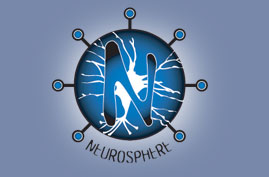Upwardly Mobile
Wholeness and Virtual Communities
Email is not immediate enough for a new generation.
“Social networking Web sites such as MySpace.com, which will soon go mobile, could become key applications driving data usage on new 3G wireless networks. Within the last year social networking and community Web sites on the fixed-line Internet have really taken off, especially among teens and twentysomethings, who spend hours online creating profiles and sharing photos, videos and blogs. MySpace, the most popular of the social networking sites, has more than 67 million members, and it adds roughly 250,000 members every day. MySpace is ranked as the second-most visited Web site on the Internet in terms of unique users, after Yahoo, according to ComScore Media Metrix. Last year Rupert Murdoch’s News Corp. bought the company for $580 million…For years, mobile operators, which have spent billions of dollars to upgrade their networks to 3G wireless technologies, have tried to get customers to do more than talk on their cell phones.”
http://news.com.com/Mobile+communities+could+fill+3G+pipes/2100-1039_3-6058001.html?tag=nefd.lede
